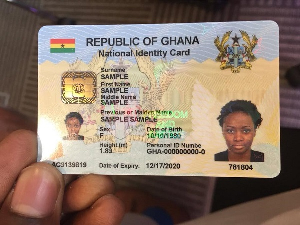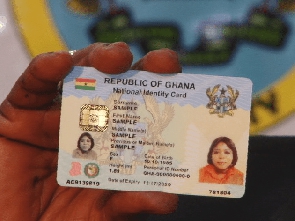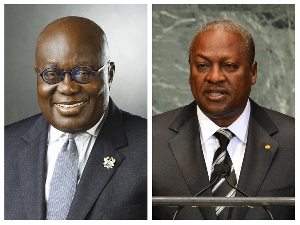 Vice-President Dr Mahamudu Bawumia
Vice-President Dr Mahamudu Bawumia
The Akufo-Addo government has invested so much in terms of infrastructure in Ghana’s agricultural sector, Vice President Dr. Mahamudu Bawumia said on Tuesday, 18 August 2020 at a virtual town hall meeting in Accra.
Dr Bawumia said the government has embarked on the construction of 80 warehouses throughout the country, each with a capacity of 1,000 MT, under the One District-One Warehouse Initiative, as part of measures to ensure food security, reduce post-harvest loses, guarantee farmer incomes and improve marketing.
Some of the beneficiary communities, he said, include Ejura, Atebubu, Tamale, Sandema, Bawku, Pusiga, Yendi, Twifo Praso, Dunkwa, Diaso, Sefwi Bekwai, Essam, Juaboso, among others.
The government, he noted, has also established three Greenhouse Training Centres with commercial components, each on a five-hectare piece of land, at Dawhenya, Akumadan, and Bawjiase.
Also, he said 100 greenhouses have, so far, been built, with hundreds of graduates trained in greenhouse vegetable production.
“The NPP government is implementing a holistic plan to provide farmers and households access to water for all-year-round farming. Under the plan, there are three components of infrastructure: Small Earth Dams (aka 1 Village 1 Dam), the Pwalugu Multipurpose Dam and Irrigation Project, and various irrigation systems, including Tamne Phases I & II, Mprumem Phases I & II, rehabilitation and expansion of existing schemes at Tono, Kpong Irrigation Schemes (KIS), and Kpong Left Bank Irrigation Project (KLBIP).
“The completion of the Small Earth Dams project (372 completed, 64 ongoing) will deliver the largest stock of small earth dams ever constructed in the country. The amount of irrigable land the 1V1D policy provides is over 12,000 hectares which is almost equal to the total public irrigable land currently available in Ghana.”
- Akufo-Addo has moved us from 'Ghana Beyond Aid' to 'Ghana Beyond Borrowing' – Haruna Iddrisu
- Crash of newly-imported train: Here are the four additional people remanded
- Driver, spokespersons: The 3 close aides of Akufo-Addo aiming to enter Parliament
- Crash of newly-imported train: 4 more people remanded
- You still have the nerves to speak like this – Randy Abbey slams Danquah Institute
- Read all related articles










